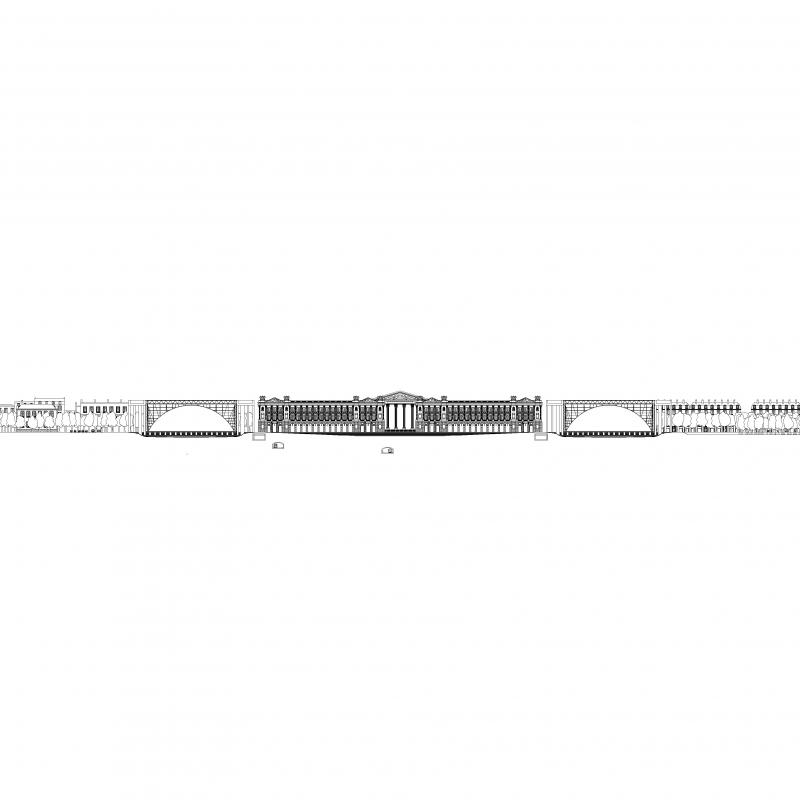In architecture, ‘sacredness’ is either ignored as an irrational sphere, or it is reduced to stereotypes of spirituality and contemplation. However, in its attempt to reconnect architecture to the political, this year Diploma 14 investigated the issue of sacred space precisely as one of the most intense manifestations of the political. If the political concerns difference and conflict as collective phenomena, it is within the category of the sacred that this concept acquires its most intense representations. We can speculate that the very origin of the city as political space was precisely the foundation of a sacred space – a sanctuary, which was set apart in an open territory and provided a safe meeting point for clans or fugitives. The sanctuary was both open to different subjects and parties and closed in order to preserve its safety and difference towards everything outside itself. The dialectic of openness and exclusion implied in sacred space is thus one of the most ancient manifestations of the political.
The work of the unit departed from an in-depth study of the category of the sacred from ancient to contemporary times, with a strong focus on theological concepts and forms of worship as foundations for the political and spatial organisation of the city. Through 14 projects that address different religious communities and their relationship with their urban environment, the unit explored how sacred space highlights the crucial link between architecture and the city. Emphasis was placed on the relationship between space and the spatial understanding of worship. Within sacred space, form must follow function – in other words architectural space must adhere to the rituality through which the sacred is enacted. Each project was developed through drawings and texts that investigated the theological and architectural underpinnings of the architecture of sacred space.
Unit Staff
Pier Vittorio Aureli
Maria Shéhérazade Giudici
Thanks to
Aristide Antonas
Monia De Marchi
Tom Emerson
Eugene Han
Max Kahlen
Adrian Lahoud
John Palmesino
Natasha Sandmeier
Tom Vandeputte
Carlos Villanueva- Brandt
Thomas Weaver
Octave Perrault
The project addresses the sacred within the Modern democratic secular capitalist State. From the liturgical practices and spaces that emerged during the French Revolution, it argues that Peoplehood has been the most fundamental concept at the basis of the modern subjectivity.
The Monument to Peoplehood, located on the Place de la Concorde in Paris, attempts to establish the forms that allow it to be practiced. The central space is framed by four identical pavilions. They define a boundary to the square and emphasise the experience of mass gathering. These rhetorically and phenomenologically argue for a certain experience of politics : the proximity of bodies within a space is the pre-conditions to all politics, before language. The monolithic domes are hung from their colonnades with cables. The visitors find themselves inside an anti-perspective and anti-speech space where the sole experience of the bodies within a single space at a certain time can be appreciated. Man's reason has limitations, he will always be practicing the Tabula Rasa, and it is not a burden.






































































